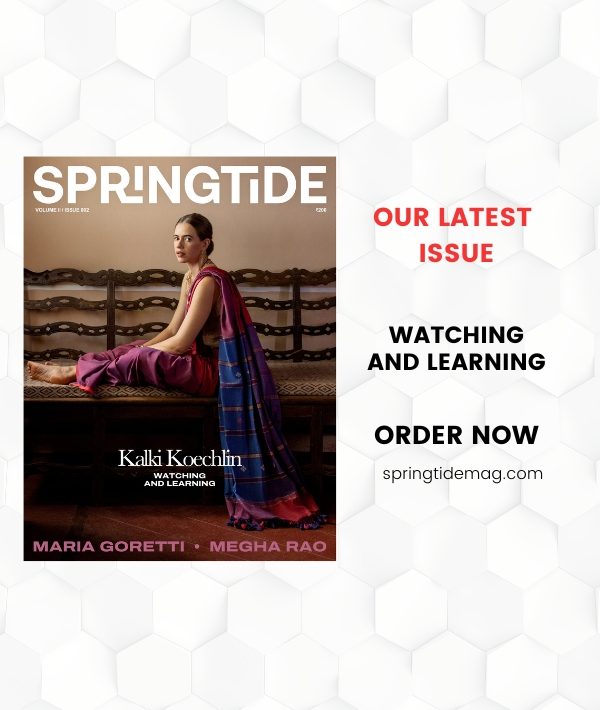As the world lingers on the edge of doom, Pinterest girlies have found a way to turn that into an aesthetic, too.
Earlier this year, we wrapped up the awards season – where apart from watching our favourite artists thrive we get to witness some of the most glorious moments of fashion. But this year, red carpets lacked the usual glamour and glitter that we often associate with the rich. As one bereaved Twitter user pointed out, shiny necklaces are almost extinct and everyone is embracing minimal makeup. And for better or for worse, everything is beige.
WHERE ARE THE NECKLACES? WHAT IS GOING ON FOR HEAVEN’S SAKE? pic.twitter.com/0bgfQROCiG
— sam (@pinkmochhi) January 15, 2023
That is, because, the era of Recession-core has dawned upon us. Economists have been predicting a recession for some time now, and history has proven that fashion, politics and the economy always go hand in hand.
Going all the way back to the bling of the Y2K era in the US, colours and layering were the hottest trends. But the fashion scene shifted to a more minimalist style post-2008, which is around the time the US went through one of its worst economic slumps. The Hemline Index, which first emerged in the aftermath of the Great Depression, is another indicator of recession. The theory goes that when prices rise, so do our skirt lengths – look no further than Miu Miu’s micro-mini moment as evidence.
Fashion-wise, recession-core is the same as quiet luxury. No prints, no logos, practically nothing that is an immediate sign of luxury and excess. Trend predictions anticipate a move towards bigger bags, fewer accessories, outfit repeating and androgyny, alongside messy hair and makeup that prioritise utilitarian practicality as time progresses. Resin jewellery and checkerboard prints are out of style, with versatile and minimalist brands like The Row, Paloma Wool and Polène emerging in their place as clean and crisp alternatives.
It makes sense for the masses to adopt a more minimalist style out of financial necessity – but among the rich? Everybody knows that a recession just makes the rich richer and the poor, poorer. It comes off as a very obvious tactic to just be more likeable. It’s simply an attempt by the rich to appear more relatable so we spare them when it’s time to ‘eat the rich’ (metaphorically).
Basically, flaunting your wealth during an economic slump is not a good look. With the growing public criticism of celebrities, the rich and famous are acutely aware of that. Perhaps that’s why, rather than presenting flashy signs of opulence, we’re seeing a shift toward ambiguous affluence from celebrities and designers alike.
Our obsession with labelling everything, even recession, into aestheticized categories is frankly a little concerning. Aesthetics takes the idea of personality being an internal characteristic and turns it into a visual display of originality – but the pressure on social media users to conform to a singular niche runs high. On the other hand, it makes the state of the world somewhat easier to understand and grapple with. Perhaps it’s just a way to cope. Aesthetics are nothing more than a phase — and if we categorise our impending doom into one, then will go out of style as fast as it arrived?





Warning: Use of undefined constant ‘url’ - assumed '‘url’' (this will throw an Error in a future version of PHP) in /var/www/html/wp-content/themes/theissue/functions.php on line 143